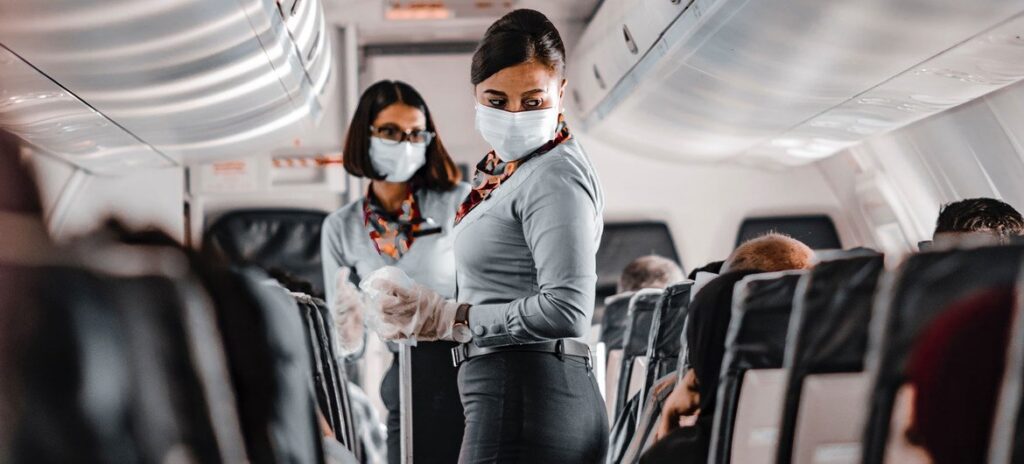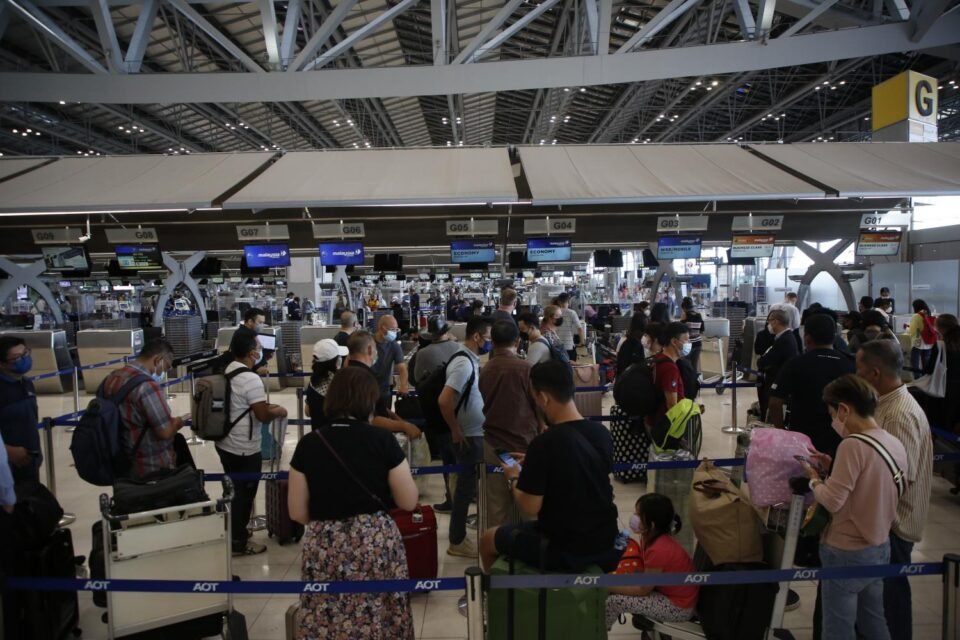When it comes to turning a profit, airports appear to be falling behind as aviation resumes its pre-pandemic levels.
Airports don’t seem to be getting their fair part of the pie, despite the fact that airlines have been seeing their best financial success in years. High airfares contribute to airlines’ above-average yields, but even when traffic returns to pre-pandemic levels, airports continue to lose money.
The Airport Industry Forecast for the Fourth Quarter of 2022 was published by Airports Council International (ACI) Asia-Pacific last week (Q4). The research analyzes airfare trends and their effects on the financial health of the region’s airports. It covers airport and airline activities in Asia-Pacific and the Middle East.

Do airlines have too much success?
The report’s main finding is that airlines are booming while airports are left in their wake, rather than showing an industry where all sectors are participating in the recovery. High airfares in the Asia-Pacific region are cited in the ACI report as a key component of that equation.
Although they were on the decline as the year came to a conclusion, airfares in the Asia-Pacific and the Middle East (APAC-ME) region were still higher than the global average and up 53% (in nominal terms) or 35% (in real terms) from 2019.
It seems sense to believe airports are contributing to the recovery as air travel is becoming more accessible throughout the area and people are returning. Stefano Baronci, the director general of ACI Asia-Pacific, stated that despite the steady improvement of local traffic and the steady growth of foreign traffic,
After ten straight quarters of negative EBITDA and net profit margin, the financial condition of airport operators remained precarious.
Airports have worked hard to freeze or reduce fees in 2022, he continued, but the average fare increase of 53% shows a “fundamental imbalance in the financial health of the business.” High airfares, in Baronci’s opinion, “represent a threat to the sector’s full recovery in 2023.”





